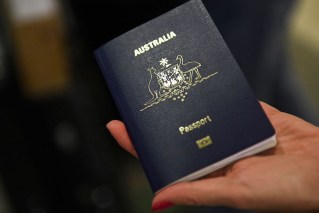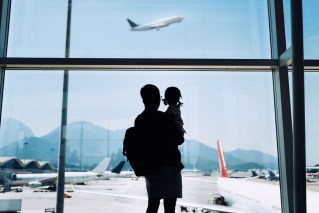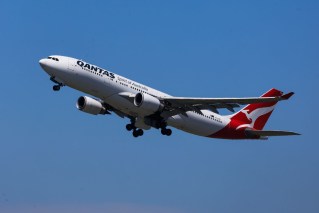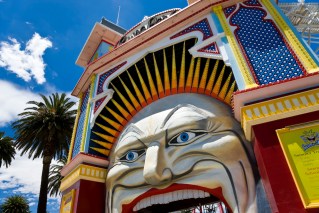Losing altitude: 10 years after take-off, Qantas’ A380 faces problems

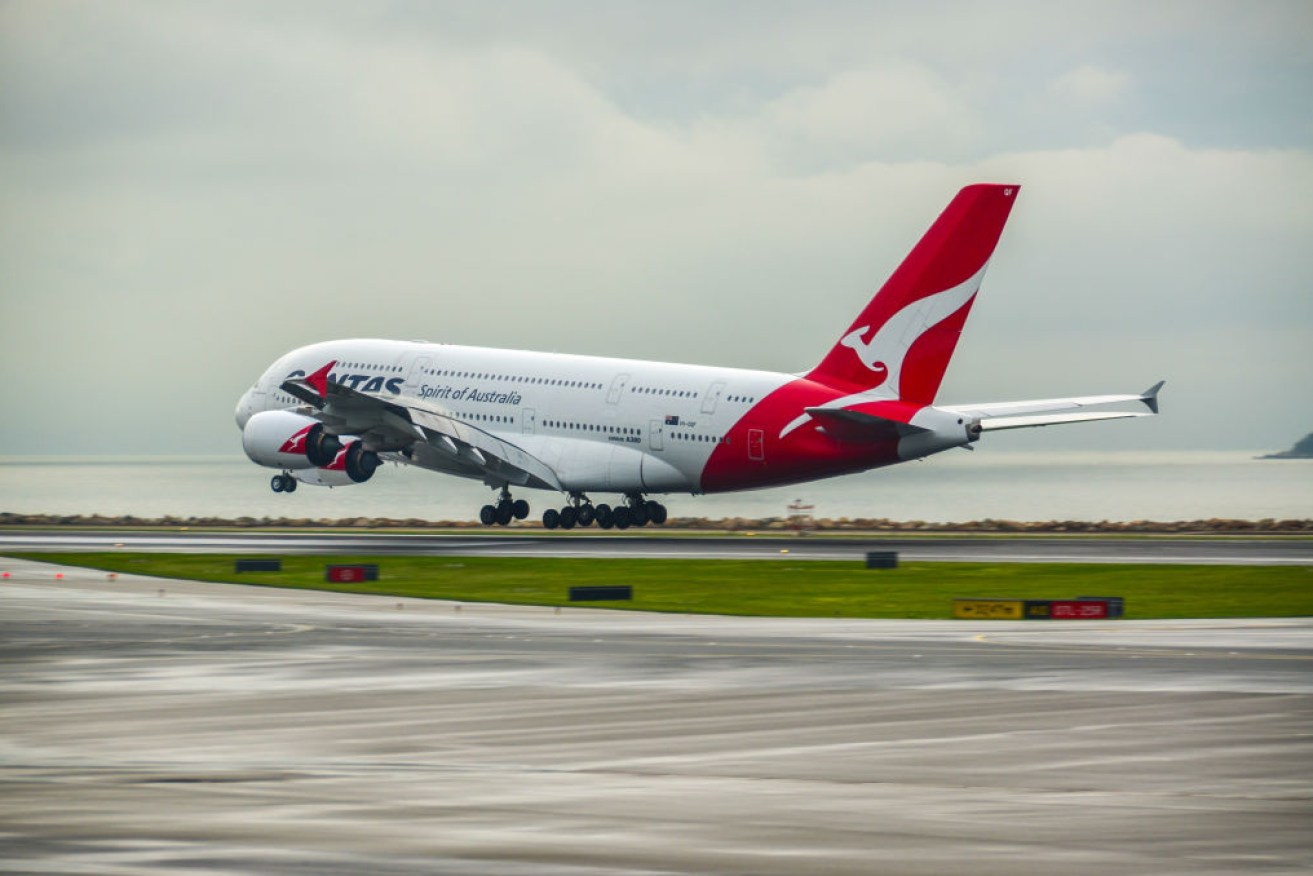
Qantas hopes to have non-stop flights from eastern capitals to London and New York by 2022. Photo: Getty
Just a decade after Qantas unveiled its benchmark A380 ‘superjumbo’ fleet, a leading aviation expert says the aircraft is not cost effective.
The admission, made by Airline Intelligence & Research managing director and former Qantas chief economist Dr Tony Webber, comes after Qantas celebrated the 10th anniversary of its first A380 last week.
Dr Webber said the A380 wasn’t as cost effective compared to the Boeing 787 Dreamliner.
“You can fly two Boeing 787s between Sydney and Los Angeles with the same fuel consumption as the A380,” he told The New Daily.
“Qantas has tried to justify its fuel consumption by saying its aircraft can allow more passengers on board.
“But jet fuel price hovers above $80 to $90, so it just becomes uneconomic and unsustainable.”
Launched in 2007, the A380 was pitched as the future of commercial air travel.
Its passenger capacity of at least 550 appeared to solve the problem of increasing consumer demand, which was far outpacing major airport capacity.
Its smooth, quiet travel experience and comparative spaciousness were an instant hit with passengers, while aviation enthusiasts loved it for its awesome size.
Qantas has 12 A380s and uses the aircraft on long-haul routes to London, via Singapore and to the United States.
Qantas is refurbishing its A380 fleet and is due to start in 2019, with completion expected by the end of 2020.

Boeing 787s have proven to be more cost effective. Photo: Getty
Dr Webber said a key reason Airbus built the A380 was to overcome time slot restraints at major airports, whereas Boeing had the philosophy to land more planes at non-primary airports.
“I think Boeing’s focus is right because it’s more cost effective to have more point-to-point flights from non-primary airports.
“That’s why Qantas are now going for the Dreamliner 787s rather than the A380s.”
He said Qantas was facing difficulty competing against its international counterparts.
“Typically on most routes you have about five competitors who are more fuel efficient with lower costs, so Qantas can’t compete on price but only on product.”
The Boeing Dreamliner’s advantage
Since launching in 2011, US-based Boeing has sold 1294 Dreamliners.
In 2017, while Airbus failed to take a single order for an A380, Boeing took 94 orders for new Dreamliners.
As the graphic below shows, it is as fast as the A380 and has a similar range.
At $US281.6 million ($353 million), it is much cheaper than the A380.
Its main disadvantage is its seating capacity – 290, half that of the A380’s 550.
Nick Tarrant, senior industry analyst with IBISWorld, told The New Daily earlier this year, the A380’s size was its biggest liability.
“Airlines are demonstrating a preference for a fleet of smaller aircraft that provide more flexibility to match capacity with in-demand routes,” he said.
“Smaller aircraft require less capital outlay upfront, are cheaper to run and require fewer passengers per flight to remain profitable.
“Major airlines are shifting away from the A380 for long-haul international flights to save on fuel costs, which increase in scale based on the length of the flight.”



